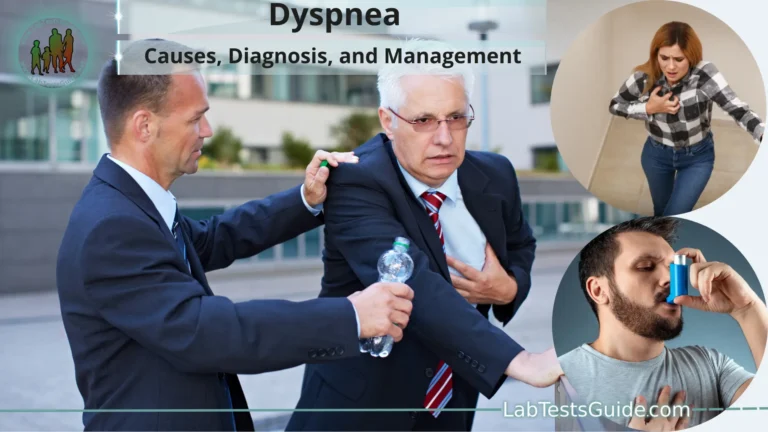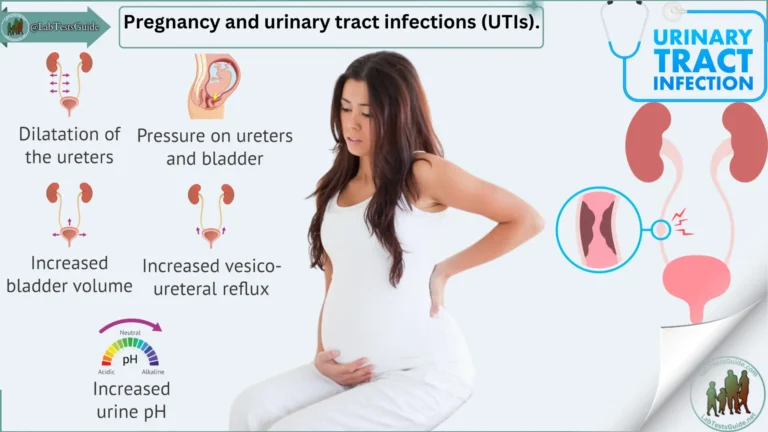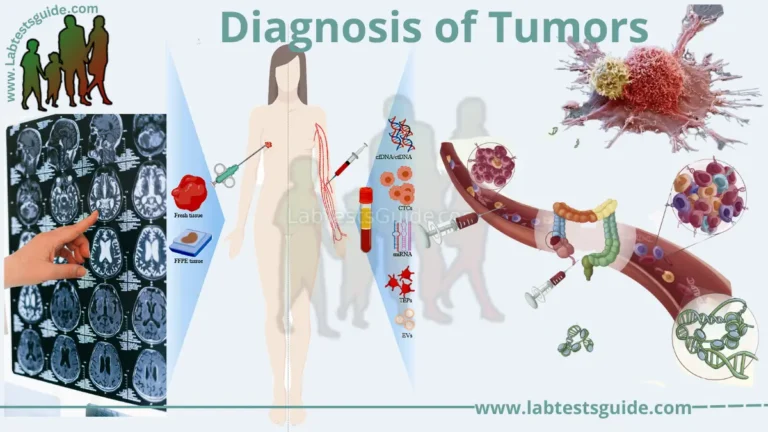Breast cancer is a type of cancer that starts in the cells of the breast. It can develop in either the ducts (the tubes that carry milk to the nipple) or the lobules (the glands that produce milk) and can spread to other parts of the body. Breast cancer is the most common cancer among women worldwide, and it can also occur in men.

Symptoms of breast cancer can include a lump or thickening in the breast or underarm, changes in the size or shape of the breast, skin dimpling, and fluid discharge from the nipple. Early detection and diagnosis are crucial for improving the chances of successful treatment. Screening tests such as mammograms, breast exams, and self-exams can help detect breast cancer in its early stages.
Treatment for breast cancer depends on several factors, including the type of cancer, the stage of the cancer, and the patient’s overall health. Common treatments include surgery, radiation therapy, chemotherapy, hormone therapy, and targeted therapy. Some women may also choose to undergo breast reconstruction after treatment. It is important for women to discuss their treatment options with their doctor to make an informed decision.
Types of Breast Cancer:
There are several types of breast cancer, which can be classified based on the cells that are affected and their behavior. Here are some of the most common types of breast cancer:
- Ductal carcinoma in situ (DCIS): DCIS is a non-invasive type of breast cancer that begins in the milk ducts. It is considered a pre-cancerous condition because it has not yet spread outside of the ducts.
- Invasive ductal carcinoma (IDC): IDC is the most common type of breast cancer. It begins in the milk ducts but has spread to the surrounding breast tissue.
- Invasive lobular carcinoma (ILC): ILC begins in the milk-producing glands and has spread to the surrounding breast tissue.
- Triple-negative breast cancer: This type of breast cancer is called “triple-negative” because it does not have receptors for estrogen, progesterone, or HER2. It is typically more aggressive than other types of breast cancer.
- HER2-positive breast cancer: HER2-positive breast cancer occurs when breast cancer cells have too much of the HER2 protein, which can cause the cells to grow and divide more quickly.
- Inflammatory breast cancer: This rare and aggressive type of breast cancer causes the breast to become red, swollen, and warm to the touch.
- Paget’s disease of the nipple: Paget’s disease of the nipple is a rare type of breast cancer that starts in the milk ducts and spreads to the skin of the nipple and areola. It can cause itching, burning, or crusting of the nipple.
The treatment of breast cancer depends on the type and stage of the cancer, as well as the overall health of the patient. Treatment may involve surgery, radiation therapy, chemotherapy, targeted therapy, or a combination of these treatments.
Signs and Symptoms of Breast Cancer:
Breast cancer can cause a range of signs and symptoms, some of which may be noticeable during a breast self-exam, while others may be detected during a mammogram or other imaging tests. Here are some common signs and symptoms of breast cancer:
- A lump or thickening in the breast or underarm area
- Swelling, redness, or warmth in the breast
- Changes in the size or shape of the breast
- Dimpling or puckering of the skin on the breast
- Nipple changes, such as inversion, discharge, or a rash around the nipple
- Pain in the breast or nipple that doesn’t go away
It’s important to note that not all breast lumps are cancerous, and some women may experience no symptoms at all in the early stages of breast cancer. That’s why regular breast cancer screening is so important for detecting breast cancer in its earliest stages, when it is most treatable.
If you notice any of these symptoms or have concerns about breast cancer, it’s important to talk to your doctor right away. Your doctor can perform a breast exam, order imaging tests, and determine whether further testing or a biopsy is needed.
Causes of Breast Cancer:
The exact cause of breast cancer is unknown, but it is thought to be caused by a combination of genetic, environmental, and lifestyle factors. Here are some factors that may increase a woman’s risk of developing breast cancer:
- Age: The risk of breast cancer increases as women get older. Most cases of breast cancer are diagnosed in women over age 50.
- Gender: Breast cancer is more common in women than in men.
- Family history: Women who have a first-degree relative (mother, sister, or daughter) who has had breast cancer have a higher risk of developing the disease themselves.
- Inherited gene mutations: Certain gene mutations, such as the BRCA1 and BRCA2 mutations, can increase a woman’s risk of developing breast cancer.
- Previous breast cancer: Women who have had breast cancer in one breast have a higher risk of developing it in the other breast or of the cancer coming back.
- Dense breast tissue: Women with dense breast tissue have a higher risk of developing breast cancer.
- Hormone therapy: Long-term use of hormone therapy after menopause can increase the risk of breast cancer.
- Alcohol consumption: Women who drink alcohol have a higher risk of developing breast cancer.
- Obesity: Being overweight or obese can increase the risk of developing breast cancer.
- Exposure to radiation: Women who have had radiation therapy to the chest for a previous cancer have a higher risk of developing breast cancer.
While some of these risk factors are outside of our control, there are steps that women can take to reduce their risk of developing breast cancer. These include maintaining a healthy weight, exercising regularly, limiting alcohol consumption, and getting regular breast cancer screenings.
Risk Factors of Breast Cancer:
There are several factors that can increase a woman’s risk of developing breast cancer. Some of the most significant risk factors include:
- Age: The risk of breast cancer increases with age, and most cases of breast cancer are diagnosed in women over the age of 50.
- Gender: Breast cancer is much more common in women than in men.
- Family history: Women who have a first-degree relative (mother, sister, or daughter) who has had breast cancer have a higher risk of developing the disease themselves.
- Inherited gene mutations: Certain gene mutations, such as the BRCA1 and BRCA2 mutations, can significantly increase a woman’s risk of developing breast cancer.
- Personal history: Women who have had breast cancer in one breast have a higher risk of developing it in the other breast or of the cancer coming back.
- Breast density: Women with dense breast tissue have a higher risk of developing breast cancer.
- Exposure to radiation: Women who have had radiation therapy to the chest for a previous cancer have a higher risk of developing breast cancer.
- Hormone therapy: Long-term use of hormone therapy after menopause can increase the risk of breast cancer.
- Alcohol consumption: Women who drink alcohol have a higher risk of developing breast cancer.
- Obesity: Being overweight or obese can increase the risk of developing breast cancer.
While some of these risk factors are outside of our control, there are steps that women can take to reduce their risk of developing breast cancer. These include maintaining a healthy weight, exercising regularly, limiting alcohol consumption, and getting regular breast cancer screenings.
Preventions of Breast Cancer:
There is no guaranteed way to prevent breast cancer, but there are several steps that women can take to reduce their risk of developing the disease. Here are some breast cancer prevention strategies:
- Maintain a healthy weight: Being overweight or obese can increase the risk of breast cancer, especially after menopause. Try to maintain a healthy weight through a balanced diet and regular exercise.
- Exercise regularly: Regular exercise can help lower the risk of breast cancer. Aim for at least 30 minutes of moderate exercise most days of the week.
- Limit alcohol consumption: Women who drink alcohol have a higher risk of developing breast cancer. Try to limit alcohol consumption to no more than one drink per day.
- Quit smoking: Smoking has been linked to an increased risk of breast cancer, as well as other types of cancer. Quitting smoking can help lower your risk.
- Breastfeed: Women who breastfeed for at least several months may have a lower risk of developing breast cancer than those who don’t.
- Get regular breast cancer screenings: Regular breast cancer screenings, including mammograms, can help detect breast cancer in its earliest stages when it is most treatable.
- Consider chemoprevention: Certain medications, such as tamoxifen and raloxifene, can help reduce the risk of breast cancer in women who are at high risk.
- Know your family history: Women with a family history of breast cancer may be at higher risk for developing the disease. Talk to your doctor about whether you should consider genetic counseling and testing.
By making these lifestyle changes and getting regular breast cancer screenings, women can reduce their risk of developing breast cancer and catch the disease early if it does occur.
How to Diagnose Breast Cancer:
Breast cancer can be diagnosed through a variety of tests and procedures. Here are some common diagnostic methods:
- Clinical breast exam: A healthcare provider will examine the breast for any lumps or abnormalities.
- Mammogram: A mammogram is an X-ray of the breast tissue. It can detect lumps or abnormalities that may not be felt during a clinical breast exam.
- Ultrasound: An ultrasound uses sound waves to create an image of the breast tissue. It can help determine whether a lump is solid or filled with fluid.
- MRI: Magnetic resonance imaging (MRI) uses a magnetic field and radio waves to create detailed images of the breast tissue. It may be used in addition to mammography in certain cases.
- Biopsy: A biopsy involves removing a sample of breast tissue for analysis. It can help determine whether a lump is cancerous or not.
- Blood tests: Blood tests may be done to check for certain genetic mutations that increase the risk of breast cancer.
If breast cancer is diagnosed, additional tests may be done to determine the stage of the cancer and whether it has spread to other parts of the body. These may include a CT scan, bone scan, or PET scan. Your healthcare provider will work with you to develop a treatment plan based on the stage and type of breast cancer.
How to Treatment of Breast Cancer:
The treatment of breast cancer depends on several factors, including the stage of the cancer, the type of breast cancer, and the patient’s overall health. Here are some common breast cancer treatment options:
- Surgery: Surgery is often the first line of treatment for breast cancer. Depending on the stage and location of the cancer, a patient may have a lumpectomy (removal of the tumor and surrounding tissue) or a mastectomy (removal of the entire breast).
- Radiation therapy: Radiation therapy uses high-energy radiation to kill cancer cells. It is often used after surgery to destroy any remaining cancer cells and reduce the risk of recurrence.
- Chemotherapy: Chemotherapy uses drugs to kill cancer cells. It may be given before or after surgery, depending on the stage and type of breast cancer.
- Hormone therapy: Hormone therapy is used to block or reduce the amount of estrogen in the body, as some types of breast cancer grow in response to estrogen. It may be given before or after surgery.
- Targeted therapy: Targeted therapy drugs are designed to target specific molecules in cancer cells. They may be used in combination with chemotherapy or hormone therapy.
- Immunotherapy: Immunotherapy is a type of cancer treatment that uses the body’s immune system to fight cancer. It may be used in certain cases of breast cancer.
The treatment plan will be tailored to the individual patient, and may involve a combination of these treatments. Your healthcare provider will work with you to develop a treatment plan that is right for you.
Possible References Used







